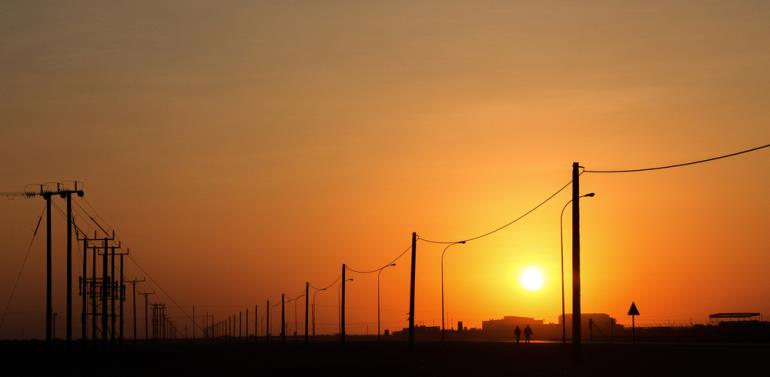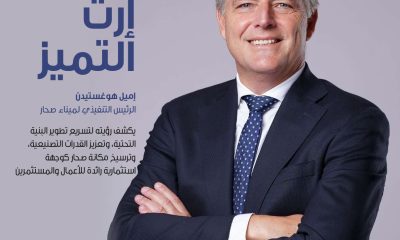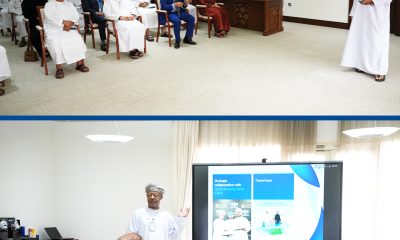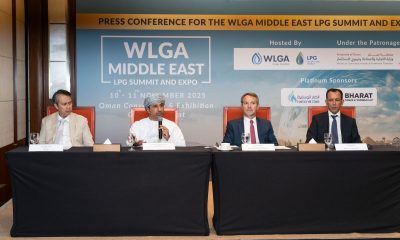Uncategorized
Decline in oil prices will have significant impact on Oman’s economic and fiscal indicators: S&P

The transmission of monetary policy is constrained by an underdeveloped local capital market, although we expect to see some growth in local debt and sukuk issuance over the next four years. Nevertheless, we expect the peg to be maintained over the medium term. We estimate reserve coverage (including government external liquid assets) at 52 per cent of the monetary base and six months of current account payments in 2019. Rules of thumb for the adequacy of reserve coverage in relation to these measures are 20 per cent and three months, respectively.
We also consider the more qualitative aspects of the GCC currency arrangements. At a time of already significant change and regional geopolitical instability, politically conservative regimes such as the GCC are unlikely to decide to increase uncertainty about their economic stability by amending this fundamental macroeconomic policy. We expect these concerns will out-weigh the potential economic benefits of de-pegging.
-

 Alamaliktistaad Magazines2 months ago
Alamaliktistaad Magazines2 months agoAlam Al Iktisaad – September 2025 Edition
-

 Magazines2 months ago
Magazines2 months agoOER – September 2025 Issue
-

 News2 months ago
News2 months agoKitchenomiKs Secures Investment of US$3.2M Led by Jasoor Ventures
-

 News2 months ago
News2 months agoOman Inaugurates ‘Hadatha’ – Its All-New Cybersecurity Center
-

 Banking & Finance2 months ago
Banking & Finance2 months agoOman Arab Bank Highlights Its Ongoing Strategic Initiatives and Future Plans
-

 News2 months ago
News2 months agoIEA Expects Global Oil Market to Remain Oversupplied in 2026
-

 Energy2 months ago
Energy2 months agoWLGA Middle East LPG Summit & Expo 2025 to be held at OCEC on November 10 and 11
-

 Real Estate2 months ago
Real Estate2 months agoAl Mouj Muscat Unveils Azura Beach Residences Phase 2: A New Chapter in Waterfront Living































You must be logged in to post a comment Login